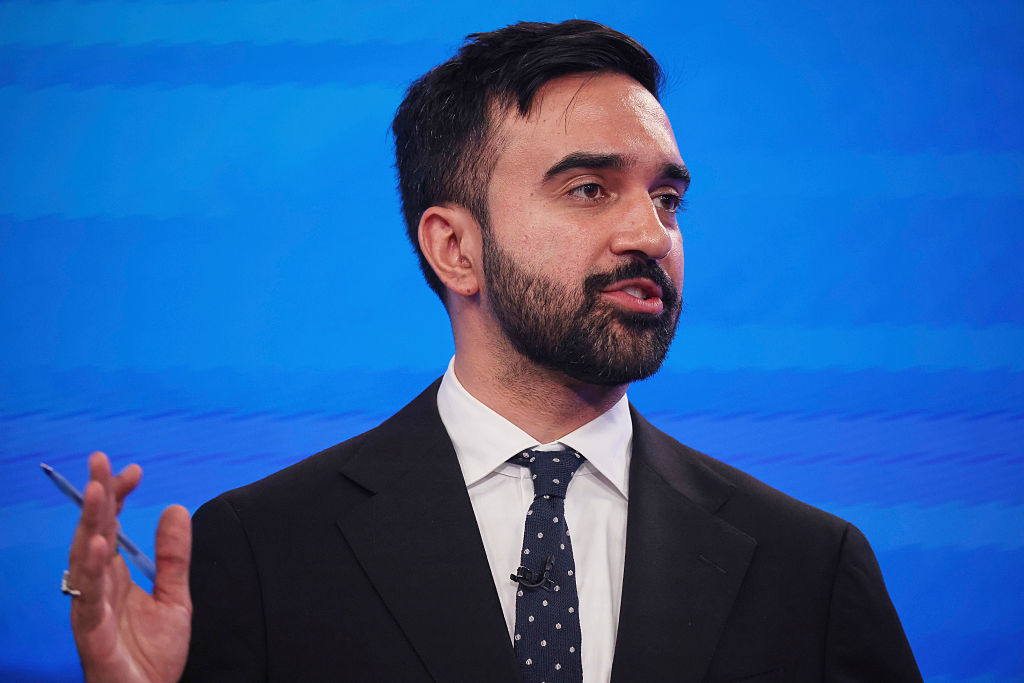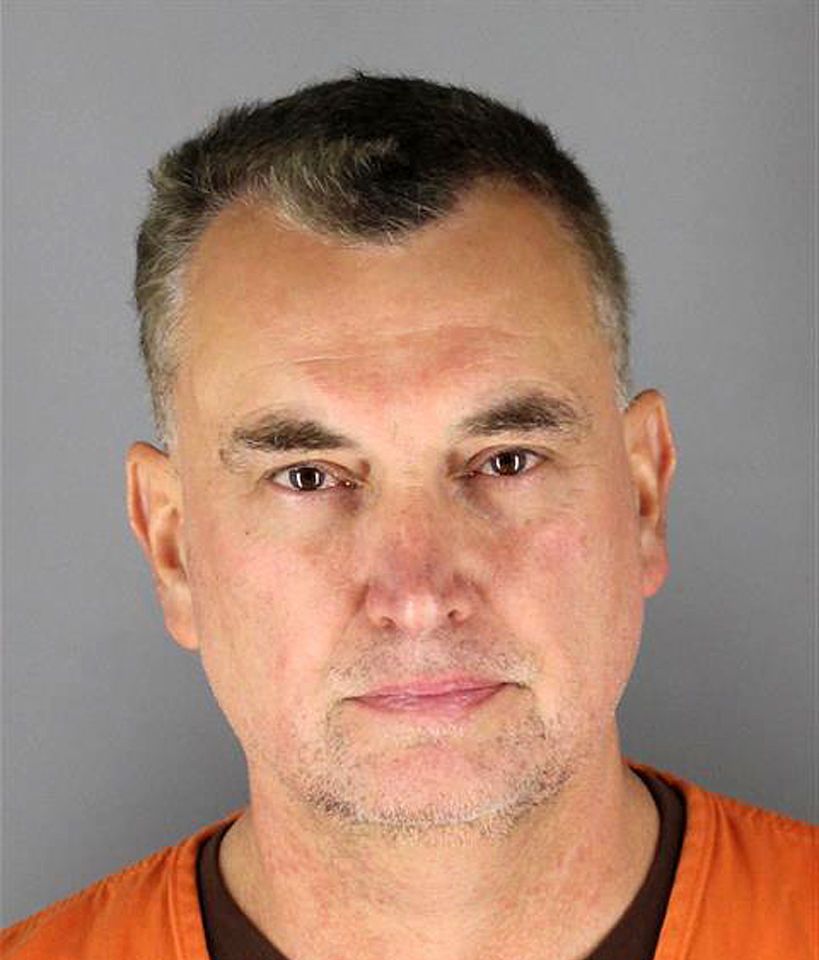Jackie Robinson Birth: Happy Birthday To Major League Baseball Pioneer Jackie Robinson
Happy Birthday To Major League Baseball Pioneer Jackie Robinson
Jackie Robinson lives on in the minds of many for becoming the first African-American Major League Baseball (MLB) player of modern times. As a member of the famed Brooklyn Dodgers, Robinson’s achievement shifted the tide of African Americans in the realm of professional athletics forever.
SEE ALSO: Home Of Dr. Martin Luther King, Jr. Bombed On This Day In 1956
Robinson was born Jack Roosevelt Robinson on this day in 1919 to sharecropper parents in the town of Cairo, Ga., along with his four older siblings. Robinson’s father left the family just a year after he was born, and his family eventually moved and settled in Pasadena, Calif.
Growing up poor, Robinson’s mother worked various jobs to maintain their residence in a thriving neighborhood. Sports were important in the Robinson family, and his older brother Matthew “Mack” Robinson would win a Silver Medal at the 1936 Summer Olympics. Inspired by Mack’s feats, Robinson followed suit and became a star four-sport athlete at John Muir High School.
A Varsity letterman in football, basketball, track, and baseball, Robinson would enter Pasadena Junior College and shatter Mack’s broad jump record at the school. He also excelled academically, and while he had endured bouts of racism while attending the small college, Robinson would head to the University of California – Los Angeles (UCLA) and make history by becoming the first student to gain varsity letters in four sports.
Ironically, baseball was the sport he made the smallest impact.
College was an expensive luxury, and Robinson would have to leave the school for financial reasons. Robinson played semi-pro football in Hawaii, but was abruptly thrust in to the military due to the happenings that surrounded World War II.
Drafted by the Army for a segregated combat unit, Robinson applied to become an officer. More than qualified, he was barred from the specialized training initially. Boxer Joe Louis, also drafted, and White civil rights attorney Truman Gibson protested on Robinson’s behalf and he would gain access to officer training.
Serving from 1942 to 1944, he became second lieutenant in his troop but was forced to leave the service after being framed with outrageous and racist charges.
After leaving the Army, he tried his hand at baseball and football squads along with coaching at Sam Houston College in Texas. In 1945, he would go to play professional baseball with the Negro Leagues.
Robinson, however, balked at the disorganized ways the teams were run.
Robinson tried out for the MLB’s Boston Red Sox while playing for the Negro Leagues’ Kansas City Monarchs along with a handful of other Black players. Racial slurs from the Red Sox management and stragglers in attendance were aimed at Robinson and the group, but not all was lost.
The Brooklyn Dodgers made Robinson an offer of $600 per month to play for the squad, a $200 raise from his salary with the Monarchs. Manager Branch Rickey signed Robinson on the condition he not fight back racism with force, and instead, deal with the abuse in a quiet manner.
Robinson signed with the Dodgers’ International League farm team Montreal Royals and was that league’s first Black player. It was rumored Negro League stars Josh Gibson and Satchel Paige were upset at Robinson’s ascent as they were considered better players.
Robinson would finally break the color lines after doing well in the minor league. On April 15, 1947, Robinson made his MLB debut at Ebbets Field before 26,000 attendees at first base. Some of Robinson’s own teammates were not elevated to accept that a Black player starred on their team. Opposing MLB squads and arenas were also cruel, with violence and name-calling, which became an unfortunate hallmark at every game.
White teammate Pee Wee Reese defended Robinson vocally, and the pair are immortalized by a statue (pictured above), showing Reese supporting Robinson during an especially vicious round of taunting.
Robinson was also close to Larry Dolby, who later broke the color lines that year for the Cleveland Indians along with Paige. The charismatic Robinson won only one championship, defeating the New York Yankees in the 1955 World Series.
Robinson’s numbers reflected his athletic gifts and players around the league eventually came to respect the slugger despite the racial divide of the times. Robinson left baseball in 1957 due to health concerns. Diabetes struck Robinson later that year and the disease plagued him until his last days.
Watch Robinson’s life story here:
Robinson became the first Black player to enter the hallowed Baseball Hall Of Fame in 1962, asking voters to focus on baseball and not his race. In 1965, he became the first Black baseball analyst for ABC. Politically conservative, Robinson did throw his support behind the Voting Rights Act of 1964 and was critical of conservative opposition to the law.
Robinson would succumb to complications due to diabetes and heart disease on October 24, 1972. Survived by his wife Rachel Robinson (pictured right), a dynamic individual in her own right, the legacy of Jackie Robinson has lived on thanks to the efforts of his widow to establish the Jackie Robinson Foundation in 1973.
The foundation’s efforts to offer pathways to college for young students and other support services are an amazing testament to the life of Jackie Robinson. If one takes a look at Google’s homepage, today’s “Google Doodle” features an artist’s depiction of Robinson wearing the number 42 (pictured below).
Jackie Robinson endured triumph and tragedy, working tirelessly to be seen as an equal among his detractors who sought to limit him from achieving his goals. Through hard work and a bit of chance, the world changed drastically due to his historic achievement, and he continues to inspire even to this day.
Happy Birthday to the great Jackie Robinson!















